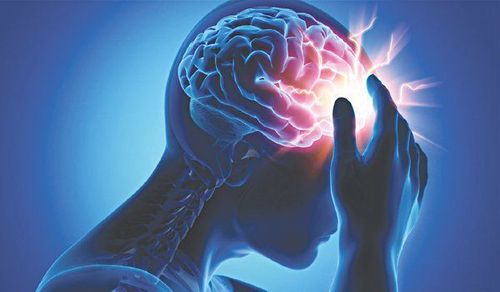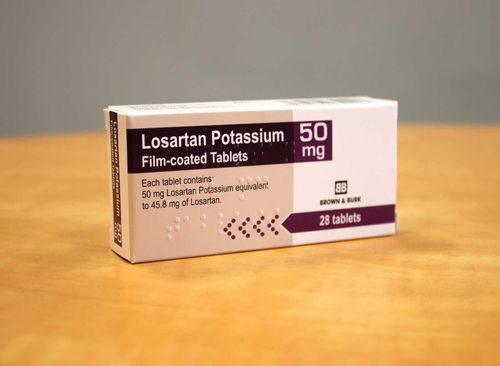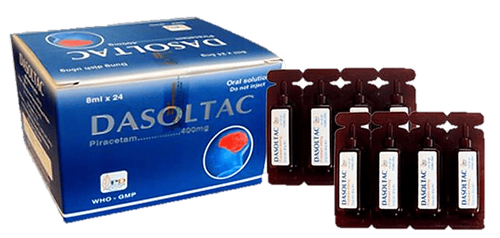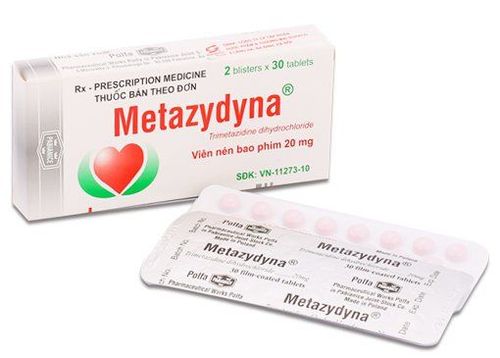This is an automatically translated article.
The article was written by Doctor Vu Duy Dung - Department of General Internal Medicine - Vinmec Times City International General Hospital.The rate of children with cerebral ischemic stroke is estimated at 5-10/100,000 children/year; of which about 6 to 10% of children die, 20% have recurrent strokes, and more than 75% have neurological sequelae.
1. Main causes of cerebral ischemic stroke in children
1.1 Due to congenital heart disease in children An ischemic stroke of the cerebral artery can be caused by a blood clot that blocks an artery, for example from the heart or a large artery, or from a local thrombus.
Congenital heart diseases account for about 30% of ischemic strokes in children. Children who need heart surgery have the highest risk of stroke, not only in the perioperative period, but also for many years after surgery and which can occur even while the child is on anticoagulation therapy.
Typically case number 1 below:
|
Ca bệnh số 1 Một trẻ nữ 6 tháng tuổi có bệnh tim phức tạp và huyết khối trong tim đã biết đang điều trị chống đông được đưa vào khoa cấp cứu sau 4 ngày nổi ban và 1 ngày nôn và dễ bị kích thích. Khám: Bệnh nhân được nhận thấy khó sử dụng tay phải và nửa mặt phải rủ xuống. CT sọ não chụp 3 giờ sau phát hiện triệu chứng thấy có phù não, với mất phân biệt chất xám-trắng ở diện phân bố của động mạch não giữa trái cùng với hình ảnh theo dõi một cục huyết khối ở động mạch não giữa trái đoạn gần. Trong ngày tiếp theo, bệnh nhân xuất hiện các cử động tăng trương lực-co giật tái diễn ở bàn tay phải, phù hợp với các cơn động kinh cục bộ, lúc đầu kháng với điều trị. CT sọ não tiếp theo thực hiện lúc 2 tuổi sau một lần ngã khi đang điều trị thuốc chống đông thấy hình ảnh nhũn não trong diện nhồi máu động mạch não giữa bên trái trước đó với giãn nhẹ sừng sau não thất bên bên trái. Bình luận Ca bệnh này minh họa đột quỵ trong bối cảnh bệnh tim bẩm sinh. Bệnh tim bẩm sinh là một yếu tố nguy cơ có ý nghĩa của đột quỵ thiếu máu cục bộ động mạch não ở trẻ em, và đột quỵ thiếu máu não cục bộ có thể xảy ra ngay cả khi đang điều trị chống đông đầy đủ. |
1.2 Cerebrovascular disease Up to half of all cerebral ischemic strokes in children are associated with cerebrovascular disease.
Stroke due to cerebrovascular disease usually presents with a subacute onset, with a history of transient ischemic attacks.
Typically case number 2 below:
|
Ca bệnh số 2 Một trẻ nam 5 tuổi tiền sử khỏe mạnh đang nô đùa ầm ĩ với bạn thì xuất hiện đau đầu, lú lẫn, và yếu nửa mặt phải, tiếp theo là không thể đứng được. CT sọ não thực hiện 3,5 giờ sau khởi phát triệu chứng là bình thường ngoại trừ viêm xoang và có dịch ở tai giữa. MRI xung DWI 5 giờ sau khởi phát triệu chứng thấy thiếu máu cục bộ cấp tính trong diện động mạch não giữa trái, với các biến đổi tín hiệu trên xung FLAIR (thường 4 đến 6 giờ sau khởi phát đột quỵ. Cộng hưởng từ mạch (MRA) thấy hình ảnh không đều của động mạch cảnh trong bên trái đoạn xa và động mạch não giữa bên trái đoạn gần. Xét nghiệm tăng đông không có gì đặc biệt ngoại trừ tăng nhẹ lipoprotein (a), và các thăm dò tìm nguyên nhân bệnh động mạch não cục bộ (ngoài viêm xoang và dịch ở tai giữa), bao gồm cả các kháng thể kháng varicella-zoster virus trong dịch não tủy, không phát hiện được gì bất thường. Bình luận Ca bệnh này minh họa đột quỵ trong bối cảnh bệnh động mạch não cục bộ. Bệnh động mạch não cục bộ có thể có tiến triển sớm, với phần lớn ca bệnh ổn định hoặc cải thiện ở thời điểm 6 tháng sau đột quỵ; tuy nhiên, khoảng 6% các ca bệnh vẫn tiếp tục tiến triển nặng lên. |
2. Other risk factors for cerebral ischemic stroke in children
Other risk factors for ischemic stroke in children include: HypercoagulopathyHyperhomocysteinemia Anti-cardiolipin antibodies Increased lipoprotein (a) Blood cancer Protein C deficiency Protein S deficiency factor V Leiden Factor II (prothrombin mutation G20210A) Blood diseases
Sickle cell disease Iron deficiency anemia Secondary thrombocythemia
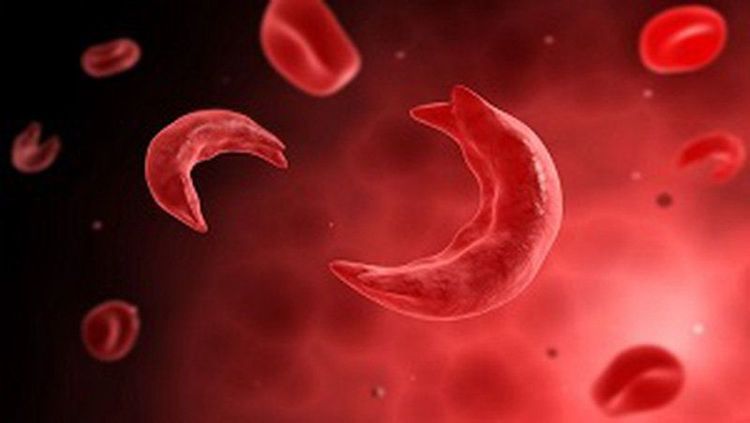
Infection
Primary and Reactivated Varicella Meningitis Fungal Meningitis Tuberculous Meningitis Drugs
Exogenous Estrogen Asparaginase Prohibited Substances (eg, cocaine, methamphetamine) Inflammatory/autoimmune
Systemic lupus erythematosus Rheumatoid arthritis Systemic vasculitis. Currently, Magnetic Resonance Imaging - MRI/MRA is considered a "golden" tool to screen for brain stroke. MRI is used to check the condition of most organs in the body, especially valuable in detailed imaging of the brain or spinal nerves. Due to the good contrast and resolution, MRI images allow to detect abnormalities hidden behind bone layers that are difficult to recognize with other imaging methods. In particular, the process of scanning with MRI does not cause side effects like in X-rays or computed tomography (CT).
Vinmec International General Hospital currently owns a 3.0 Tesla MRI System, which is equipped with state-of-the-art equipment by GE Healthcare (USA) with high image quality, allowing for a comprehensive assessment, without omitting the injury without leaving any damage. and reduce shooting time. Silent technology reduces noise, improves image quality and shortens the time taken. With the state-of-the-art MRI system and the application of modern cerebral vascular intervention methods, the team of specialists Experienced and well-trained neurologist and radiologist, Vinmec is a reputable and trusted place to examine and screen for stroke risk.
Please dial HOTLINE for more information or register for an appointment HERE. Download MyVinmec app to make appointments faster and to manage your bookings easily.





